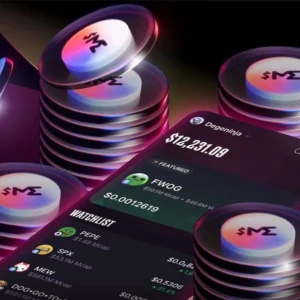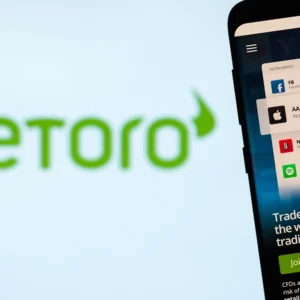The popularity of cryptocurrency is steadily increasing worldwide. Many people are eager to try using digital money or even earn from it. To store, send, and conduct any transactions with crypto, you need a crypto wallet. Anyone can create one, but it’s essential to choose the right type of wallet and follow the instructions carefully.
Also recommend that you read – What Is Crypto Arbitrage? How to Make Money from It?
What is a Crypto Wallet
Newcomers must understand that traditional wallet analogies don’t apply here. A crypto wallet has several unique features:
- It can take various forms: programs, mobile apps, browser extensions, or small electronic devices.
- A crypto wallet does not contain any coins; it only stores the access keys to the blockchain, where the digital money is “located,” allowing transfers and exchanges.
Types of Crypto Wallets
There are several classifications of crypto wallets based on key storage type, internet connection, and platform type.
Crypto Walles by Key Storage Type
Crypto wallets are essential for storing and managing cryptocurrencies. They come in various forms, each with different methods of storing keys, which determine their security, convenience, and control levels. Here’s an in-depth look at the different types of crypto wallets based on key storage type:
- Custodial Crypto Wallets. Custodial wallets involve a third party (such as an exchange or a wallet service provider) that holds and manages your private keys. In this setup, you trust the third party to keep your keys secure and provide access to your funds.
- Non-Custodial Crypto Wallets. Non-custodial wallets give you complete control over your private keys. This means you are responsible for managing and securing your keys, offering greater security but also more responsibility.
Crypto Wallets by Internet Connection
Crypto wallets can be classified based on their connection to the internet, which significantly impacts their security and usability. There are two primary types of crypto wallets based on their internet connection: hot wallets and cold wallets.
- Hot Wallets. Hot wallets are connected to the internet and are designed for easy access and frequent transactions. They are suitable for day-to-day use, providing convenience at the cost of some security risks.
- Cold Wallets. Cold wallets are not connected to the internet, making them significantly more secure. They are suitable for long-term storage of cryptocurrency and are often used by those holding large amounts of digital assets.

Crypto Wallets by Platform
It’s crucial to decide on which platform you want to create your crypto wallet and where it will be most convenient to use:
- Desktop: Installed on a computer, typically for Windows, MacOS, Linux.
- Mobile: Used on smartphones. Suitable for those always on the go and rarely using PCs.
- Online: Accessible via a browser on any device. Usually belong to specific exchanges.
- Hardware: Small devices that guarantee maximum protection but are relatively expensive.
Additionally, there are multi-platform crypto wallets. You can also create a paper wallet, which prints encrypted keys. For beginners, it’s easiest to store money on an exchange for small amounts, while for larger volumes, creating a hot wallet on a computer or smartphone is recommended.

How to Create a Crypto Wallet – Step-by-Step Guide
Regardless of the wallet type you choose, the general step-by-step guide for creating it is practically identical:
- Download the program/app to your device. Ensure it’s from the official site to avoid scams.
- Install the program/app, following all recommendations. Create a strong password. Write down and securely store the recovery phrase, which allows access to your funds even if the wallet is lost.
- Fund your crypto wallet to start using it.
Ensure the protection of your digital money. If possible, use two-factor authentication. Prefer strong passwords. Protect the device with antivirus software. Wallets like MetaMask, Trust Wallet, and Exodus are often recommended for beginners.
TOP 5 Crypto Wallets – Video
Learn more about the top crypto wallets by watching this video:
Conclusion
Creating a crypto wallet is easy. Anyone who has ever installed an app on a smartphone or program on a PC can handle it. It’s essential to choose the right crypto wallet and ensure its security.
FAQ on Creating Crypto Wallets
The best wallet depends on your priorities. Hardware solutions are the most secure, while mobile wallets like Trust Wallet are convenient and fast.
This depends on the wallet itself. Most are multi-currency and provide lists of supported currencies.
For long-term storage of large sums, hardware wallets like Ledger or Trezor are the safest.
Losing the recovery phrase or seed phrase is the worst-case scenario, as access to the funds in the blockchain is lost forever.













